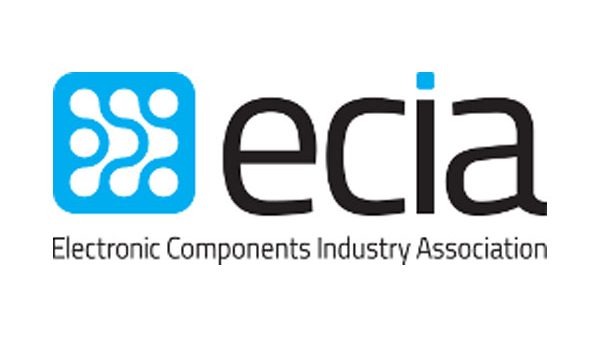Mindfulness to Fine Tune Your Leadership Inner Game

By Bill Bradford, President and CEO, ECIA
Several of you have recently returned from EDS with its crazy pace and hectic schedule, only to face the intense complexities waiting for you back at the office. The perfect antidote may be some quiet reflective time.

From the 2015 book Mastering Leadership, Anderson and Adams describe leadership as being concerned with the transactional: setting direction, keeping the organization on track, executing with efficiency, and producing results; as well as the transformational: setting the vision to capture employee imagination and inspiring them to engage.
They go on to say that many managers and executives take their leadership development seriously, focusing on their “outer game” (OG): leadership competencies such as management skills, processes and business rhythms. Much leverage can come, however, by focusing on the sometimes-overlooked “inner game” (IG): leadership consciousness, self-awareness, sense making, mental models of reality, and decision making. The IG is like the internal operating system (IOS) which runs the OG. Leaders can only make substantive improvements in performance by improving the way they “show up” as leaders by strengthening their IG, by practicing self-awareness and consciousness.
Self-awareness is the platform on which the attitude and mindset of the leader connects to values and beliefs, which requires mindfulness. What is mindfulness? Paying attention with intention and without judgment. It helps leaders see beyond the narratives of traditional thought patterns, to reexamine assumptions and better perceive what is really going on. Regular meditation develops the IG to overcome distractions for improved focus and better creativity.
To deal with ever-increasing complexity, leaders must address challenges by imaging what is possible, from different perspectives, a shift in how they may normally think. Creative solutions often are accompanied by greater risk and require the leader to be grounded in the present, more than the future.
According to Business Insider, several prominent leaders have practiced mindfulness to improve productivity and creativity, including Bill Ford (Executive Chairman of Ford Motor Company), Jeff Weiner (CEO of LinkedIn) and the late Steve Jobs. A growing number of companies, including Intel and others from the electronic component industry, promote mindfulness to lower health costs, improve employee productivity and reduce stress. They also realize leadership benefits of improve creativity, communication skills, and stress reduction.
An HBR article claims that mindfulness improves executive functioning and offers five suggestions for improving mindfulness:
- Practice 10 minutes of mindfulness training each day
- Avoid reading email first thing in the morning
- Turn off all notifications
- Stop multitasking
- Put it on your calendar
For more valuable insights into improving your leadership capability, don’t miss the 2019 ECIA Executive Conference to be held in Chicago October 20-22. This event will focus on many aspects of leadership for the next decade including such topics as change leadership, corporate culture, implicit bias, succession planning, and the keynote from Ed Viesters on “How Uncomfortable are You Willing to Be to Succeed?” See you in Chicago!











